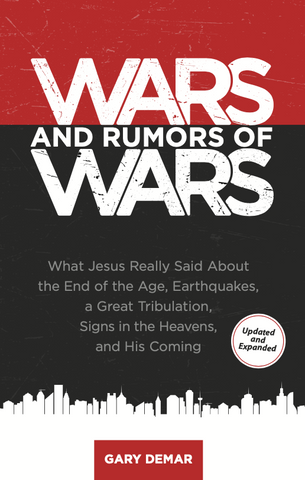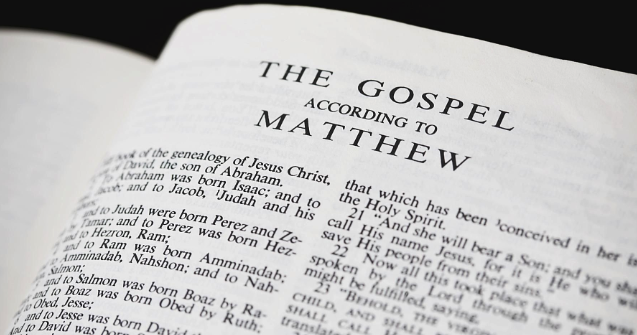Bible Prophecy Under the Microscope: Episode 9
Gary puts the popular claim of dividing Matthew 24 into past and future events under the exegetical microscope to see if it stands up under scrutiny.
Matthew 24:33 tells us what audience Jesus had in view: “so, you too, when you see all these things, recognize that He is near, right at the door.” It’s obvious, and without any need for debate, that the first “you” refers to those who asked the questions that led to Jesus’ extended remarks (Matt. 24:2-4). Jesus identifies those who will “see all these things” by using “you.”
Thomas A. Howe spends a chapter in his book What the Bible Really Says: Breaking the Apocalypse Code, trying to convince his readers that it’s possible that Jesus’ use of “this generation” does not necessarily have to refer to the generation to whom Jesus was speaking. His argument comes down to the audience referent in Matthew 24:33. Is the meaning of Jesus’ use of “you” in this verse the same as the use of “you” throughout Matthew 24, or could it mean a different “you,” a future “you”? Here’s the way Howe argues his case:
One of these likely indicators [that Jesus’ use of “you”] is the prior statement of Jesus: “when you see all these things, recognize that He is near, right at the door” (Matt. 24:33). This statement seems to indicate that the referent of the word ‘generation’ is the ones who see all these things. This, of course, raises the question, “To what ‘things’ is Jesus referring?”
This is the second time Howe quotes Matthew 24:33 in his nearly 200-page book, and he misquotes it. Here’s the full passage, and note that “you” (plural) is used twice: “so, you too, when you see all these things, recognize [lit. know] that He is near, right at the door.” Why would Howe not include the first second person plural in his use of the verse? Because he would have to explain why the two uses of “you” are being used by Jesus to refer to different audiences separated by nearly two thousand years.
There is no debate over the meaning or “referent,” a term Howe uses frequently, of the first “you.” The first “you,” which he does not mention, refers to Jesus’ present audience. Howe claims the second “you” refers to a different audience, a supposed audience that “sees all these things,” which he argues is a future audience. Notice Howe’s equivocation: “this statement seems to indicate….” He knows he can’t say dogmatically, “this statement indicates” because it’s not self-evident to the reader that Jesus is referring to two different audiences separated by nearly two thousand years.

Wars and Rumors of Wars
A first-century interpretation of the Olivet Discourse was once common in commentaries and narrative-style books that describe the fall of Jerusalem in AD 70. There is also a history of skeptics who turn to Bible prophecy and claim Jesus was wrong about the timing of His coming at “the end of the age” and the signs associated with it. A mountain of scholarship shows that the prophecy given by Jesus was fulfilled in exacting detail when He said it would: before the generation of those to whom He was speaking passed away.
Buy NowMany Bible commentators claim that Matthew 24—Jesus’ Olivet Discourse—should be divided between verses that apply to events in AD70 and verses that apply to the distant future. Gary puts this popular hermeneutic under the exegetical microscope to see if it stands up under scrutiny.
Click here for today’s episode
Click here to browse all episodes of Bible Prophecy Under the Microscope

